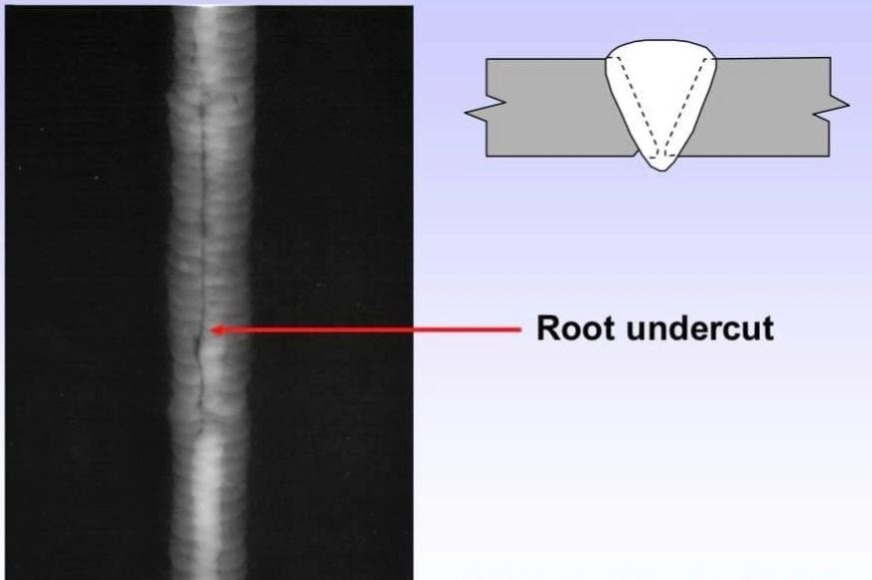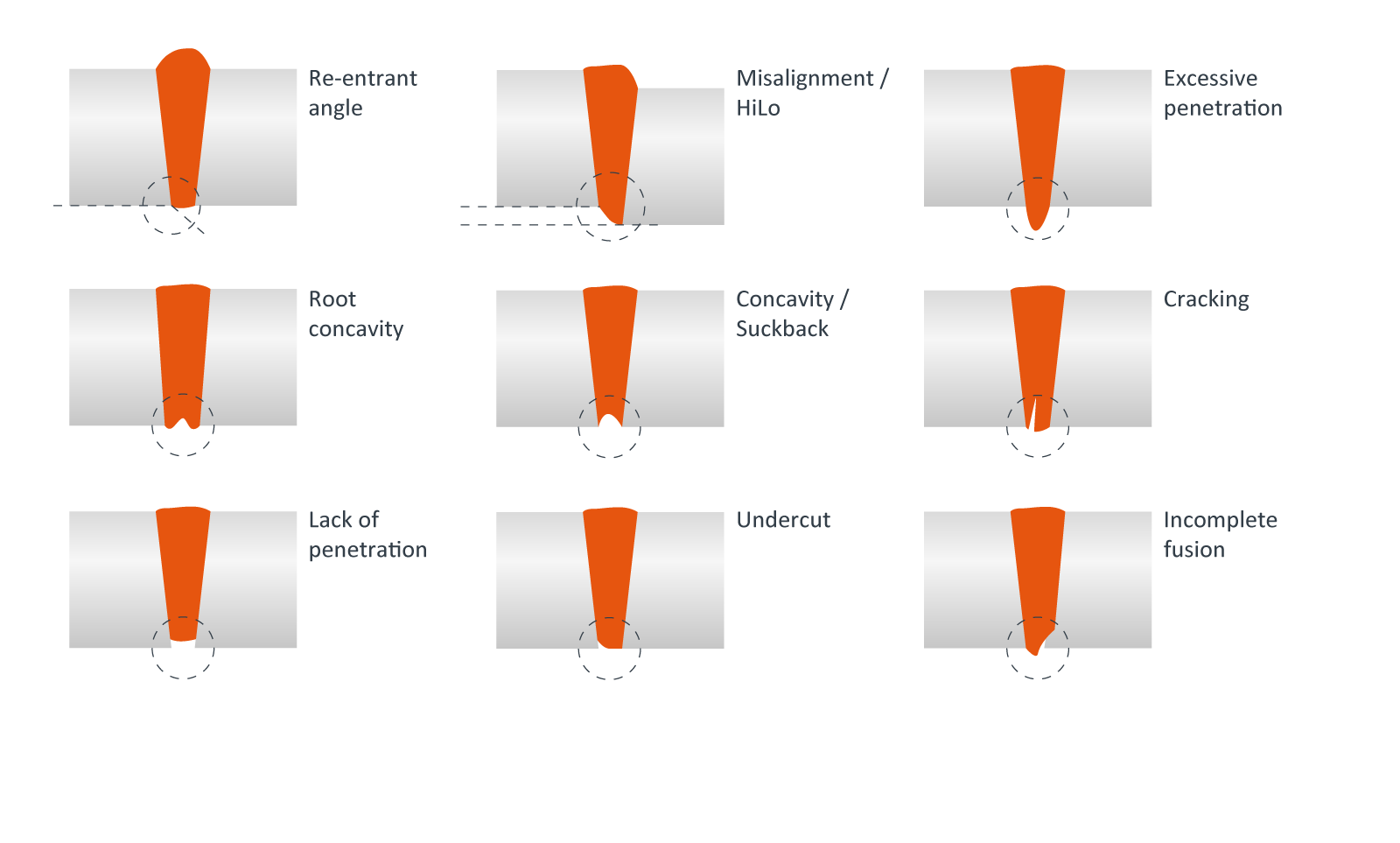Necessary Tips for Welders: Preventing Undercut Welding and Ensuring Stronger Weld Joints
In the realm of welding, attaining strong and sturdy weld joints is the foundation of producing premium work. One typical difficulty that welders usually run into is undercut welding, which can endanger the honesty of the weld joint.

Comprehending Undercut Welding
Undercut welding is a common welding defect that takes place when the weld steel falls short to correctly fill the groove and results in a groove-like clinical depression along the weld grain. This problem weakens the weld joint, making it vulnerable to breaking and failing under anxiety. Undercutting can be triggered by numerous elements, consisting of extreme welding current, high welding speed, improper electrode angle, inaccurate electrode dimension, and bad welding technique.
Among the major reasons for undercut welding is an inequality in between the welding present and the welding speed. If the welding current is too expensive or the welding rate is as well quick, the weld metal might not appropriately fill up the groove, leading to undercutting. Additionally, making use of an electrode that is also big can result in a similar end result, as the excess metal can not effectively flow right into the groove.
To avoid undercut welding, welders ought to guarantee they are making use of the proper welding specifications, preserve an ideal electrode angle, pick the proper electrode dimension, and technique appropriate welding strategies. By attending to these aspects, welders can decrease the danger of damaging and produce stronger, extra trusted weld joints.
Proper Welding Strategy
Efficient welding technique plays an essential role in making certain the quality and integrity of weld joints. Proper welding strategy involves a mix of ability, adherence, and precision to best techniques. One fundamental element of appropriate welding strategy is keeping the right angle and range between the welding gun and the work surface. Welders should additionally pay close focus to the traveling speed and heat input to stop problems like damaging, porosity, or incomplete fusion.
Furthermore, a constant and constant hand movement is necessary for producing strong and resilient weld joints. Welders ought to go for smooth, uniform movements to guarantee also circulation of the weld product. Correct adjustment of the welding gun and filler material is likewise key to accomplishing ideal infiltration and combination.
Furthermore, managing the warm input and selecting the proper welding criteria based on the product being welded are important consider attaining top quality welds - Preventing weld undercut. Welders must follow the suggested settings given by welding procedure specs and readjust them as needed based upon the specific needs of the project. By mastering proper welding techniques, welders can substantially enhance the stamina and dependability of their weld joints
Choosing the Right Electrode
Maintaining the correct angle and range in between the welding weapon and the workpiece is basic when thinking about the value of picking the right electrode in welding applications. The option of electrode plays an essential duty in determining the quality and stamina of the weld joint. Electrodes can be found in numerous types, each made for specific purposes and products.
First of all, picking the ideal electrode diameter is essential. Thinner electrodes appropriate for welding thin materials, while thicker electrodes are much better for thicker materials and higher warm applications. Matching the electrode size to the density of the workpiece assists achieve a balanced weld.
Secondly, understanding the material composition of the electrode is important. Various electrodes are created for welding particular materials like steel, stainless steel, light weight aluminum, or cast iron. Using the click for info right electrode material guarantees good combination and reduces the danger of flaws in the weld.
Last but not least, considering the welding position and strategy is vital when choosing the electrode type. Certain electrodes are much better suited for overhanging or upright welding settings, while others function well for flat or horizontal settings. Choosing the appropriate electrode based on the welding technique improves the total weld high quality and integrity.
Preparing the Base Metal
To ensure an effective welding process, what initial actions should be taken when preparing the base steel for welding? In addition, any type of existing weld product or residue from previous welding should be eliminated to make certain a tidy surface for the brand-new weld.

Performing Post-Weld Inspections

After performing these analyses, welders need to compare the look at more info outcomes versus market requirements and job demands to ensure that the weld joint satisfies all needed criteria. Any kind of discrepancies or inadequacies discovered during the post-weld inspection must be immediately resolved with proper restorative procedures to guarantee the weld's honesty. By diligently carrying out post-weld assessments and quickly attending to any concerns, welders can promote the high quality and dependability of their work, inevitably adding to the safety and longevity of the welded frameworks.
Final Thought

Finally, preventing undercut welding and ensuring more powerful weld joints call for a mix of appropriate welding technique, choosing the right electrode, preparing the base steel properly, and performing post-weld evaluations. By understanding the root causes of undercut welding and applying the essential preventative measures, welders can produce high-grade weld joints that fulfill industry criteria and ensure the architectural honesty of the bonded parts.
Undercut welding is a typical welding flaw that takes place when the weld steel stops working to effectively load the groove and results in a groove-like depression along the weld bead (Preventing weld undercut). Undercutting can be triggered by numerous aspects, consisting of too much welding present, high welding speed, incorrect electrode angle, incorrect electrode size, and poor welding method
One of the primary reasons for undercut welding is an imbalance in between the welding present and the welding speed. If the welding current is also high or the welding rate is as well fast, the weld metal might not adequately fill up the groove, leading to undercutting.Maintaining the correct angle and distance between the welding gun and the work surface is essential when thinking about the relevance of selecting the ideal electrode in welding applications.